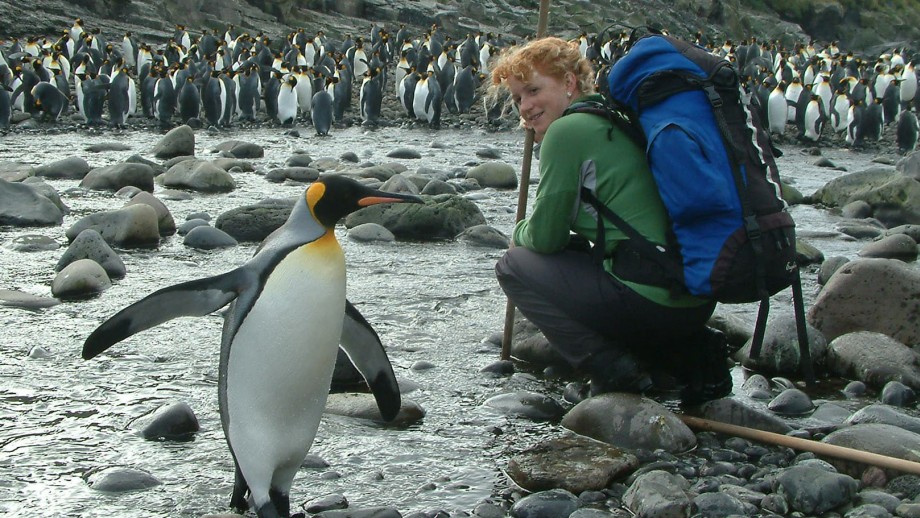A wealth of tiny antarctic life
Antarctica has a wealth of plants and wildlife, with myriad species waiting to be discovered, a new assessment published in Nature this week has found.
Genetic studies have revealed that the species - many of them tiny - are as diverse as warmer ecosystems, and many of them are found only in specific regions of the continent.
"In a recent expedition to the Weddell Sea, 674 marine species were found, 80 percent of which were new to science," said co-author, Dr Ceridwen Fraser, from The Australian National University.
"Amongst the ice and rocks there are a massive number of species: in the sea, things like sea spiders, corals, worms and so on, and on land, springtails, mites, mosses and fungi. Many of these species are not found anywhere else on the planet.
"There are now over 8,000 marine species documented, and genetic studies suggest there may be two to three times as many not yet found."
The team of scientists, led by Monash University, along with colleagues from the British Antarctic Survey, University of Waikato in New Zealand and ANU, looked at how recent investigations have revealed the continent and surrounding ocean are rich in species.
They are also very highly diversified into a variety of distinct ecological regions that differ greatly from each other.
Lead author, Professor Steven Chown, School of Biological Sciences at Monash, said the team explicitly focussed on demonstrating the diversity of various areas of the Antarctic continent and Southern Ocean.
"Most people think of the continent as a vast, icy waste, and the sea as uniformly populated by whales, seals and penguins. But that's simply not true," he said.
"There's much biodiversity on land, especially among the micro-organisms, such as bacteria, and the seafloor is very rich in larger unusual species, such as sea spiders and isopods (the marine equivalents of slaters or wood lice). More than 8,000 species are known from the marine environment."
Each area of the Antarctic also has very different groupings of species, said Dr Fraser, from the ANU Fenner School of Environment and Society.
"While initially they may look the same, they are actually very different," she said.
The team also noted several unusual ways in which patterns of biodiversity are produced in the region.
Geothermal heated areas, such as volcanoes, have played an important role as refuges from icy, glacial conditions on land. At sea, wind has an especially significant effect on diversity. Windier areas have more seabird species.

